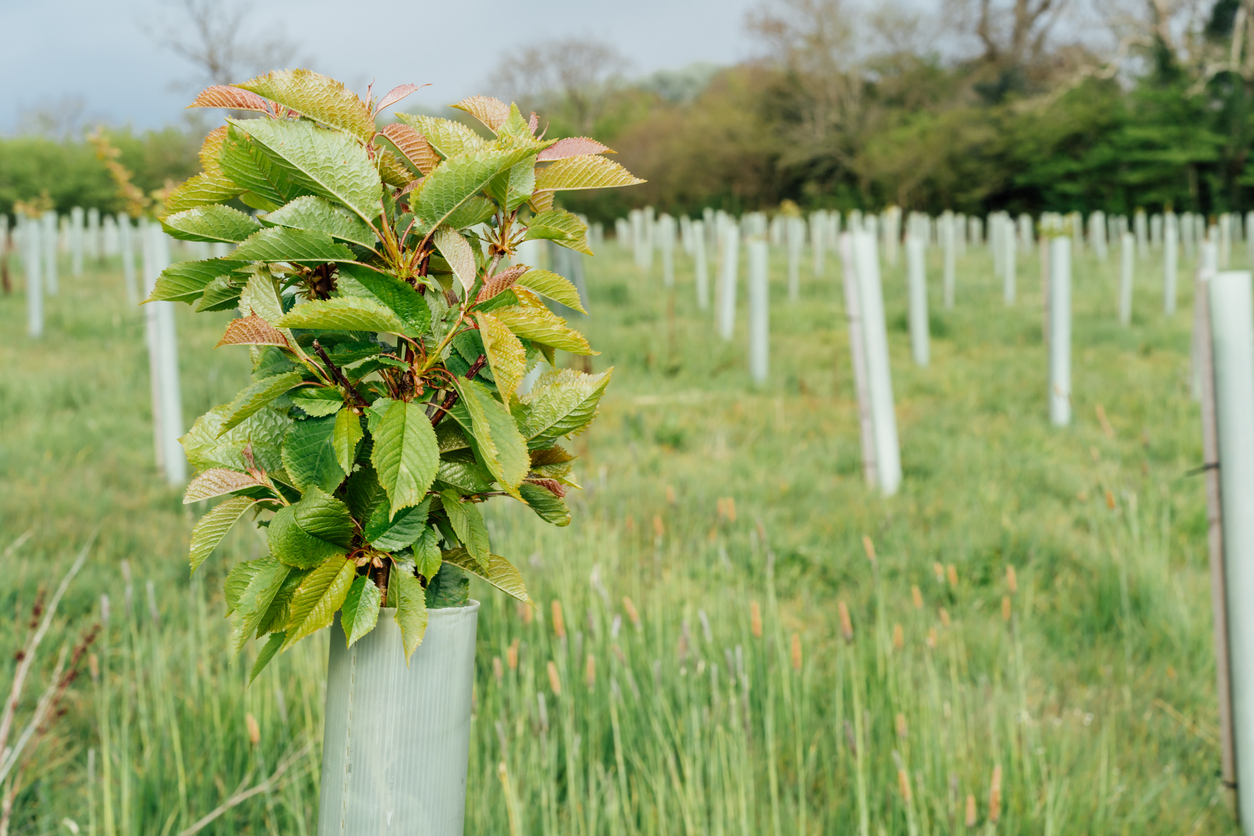[et_pb_section fb_built=”1″ _builder_version=”4.22.2″ _module_preset=”default” global_colors_info=”{}”][et_pb_row _builder_version=”4.22.2″ _module_preset=”default” global_colors_info=”{}”][et_pb_column type=”4_4″ _builder_version=”4.22.2″ _module_preset=”default” global_colors_info=”{}”][et_pb_text _builder_version=”4.22.2″ _module_preset=”default” global_colors_info=”{}”]
Dear friends and fellow growers,
Navigating the intricacies of farm management often leads us to crossroads. Choices made in these moments can influence the future of our land and our harvests. Recently, we’ve found ourselves at one such juncture, weighing the importance of two critical design approaches: keyline design for water management and optimal solar efficiency for our tree crops.
Our intention for Taiga Valley Farm has always been clear: to work in harmony with the land. Initially drawn to the idea of a keyline/masterline system, we envisioned our farm’s layout according to the natural topography, allowing for efficient water flow and distribution. The idea of planting our trees along these keylines appealed to us, aligning with our passion for working with, not against, nature.
However, there’s another significant consideration: solar efficiency. Our goal to commercially produce tree crops means we have to think about how they receive sunlight. Rows laid out north to south promise the best solar gains. Yet, adopting this method might mean moving away from the keyline system.
It’s not a straightforward choice. Our 40-acre expanse, with its varying topography, gives us a little flexibility. While the land presents diverse elevations, the previously cleared fields bordered by windrows mean we’re not dealing with steep inclines.
The heart of our dilemma lies in our commitment to regenerative agriculture. We believe in transcending mere organic practices to embrace agriculture that truly rejuvenates the land. This commitment drives us to marry commercial viability with regenerative and permaculture principles. So, the question stands: Do we fully implement the keyline system, or do we prioritize solar efficiency?
Considering the long-term goal of minimal to no-till farming and the increasing moisture retention as our soil health improves, we’re leaning towards harnessing optimal solar efficiency. We may selectively use keyline design where it’s needed most in the future.
But as always, we want to hear from you. Have you faced similar choices in your farming journey? How did you prioritize, and what lessons can you share? Every piece of shared wisdom makes our community stronger.
Please comment below with your insights. Let’s grow and learn together.
Keep growing, my friends!
Warmly, Brian
[/et_pb_text][/et_pb_column][/et_pb_row][/et_pb_section]

